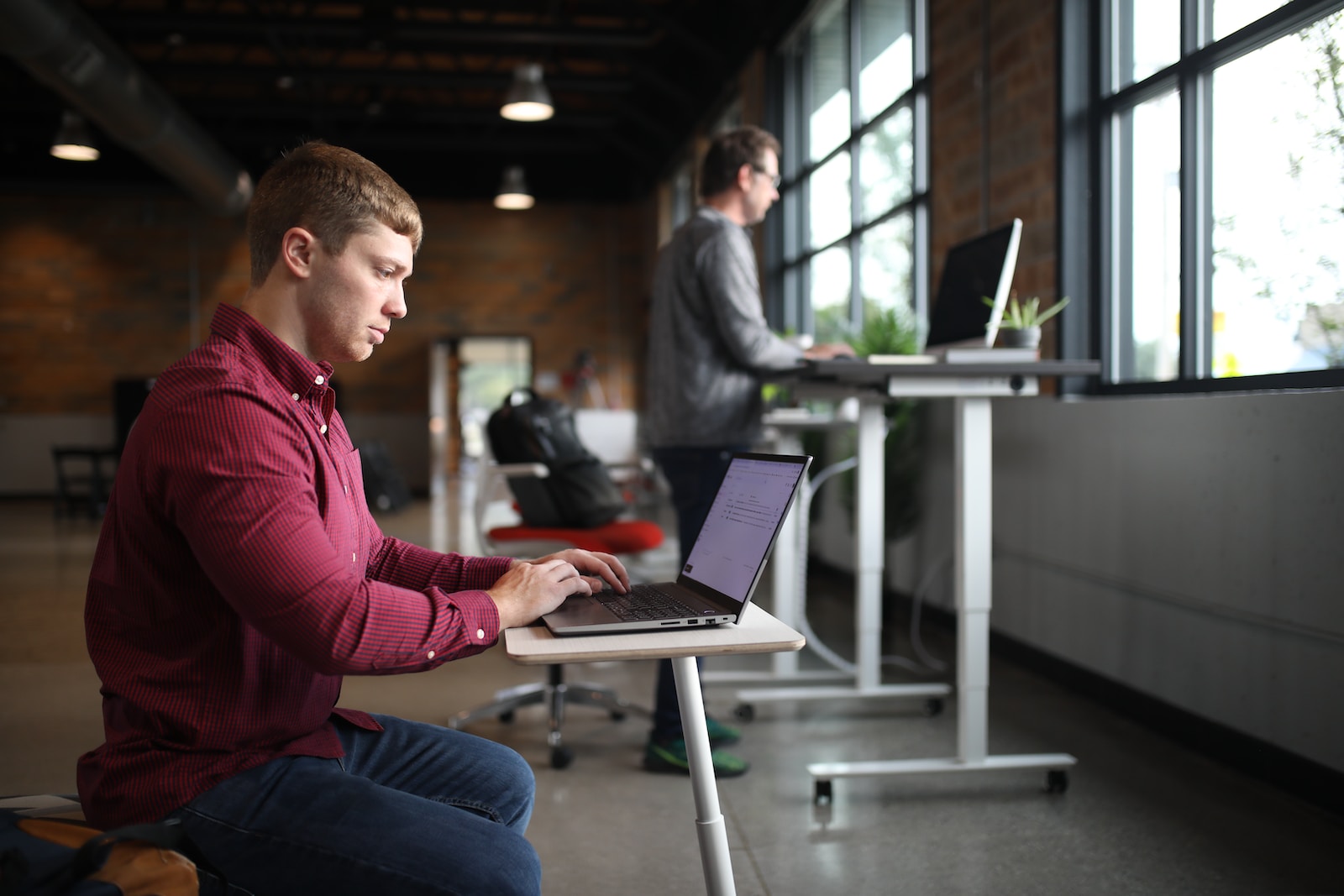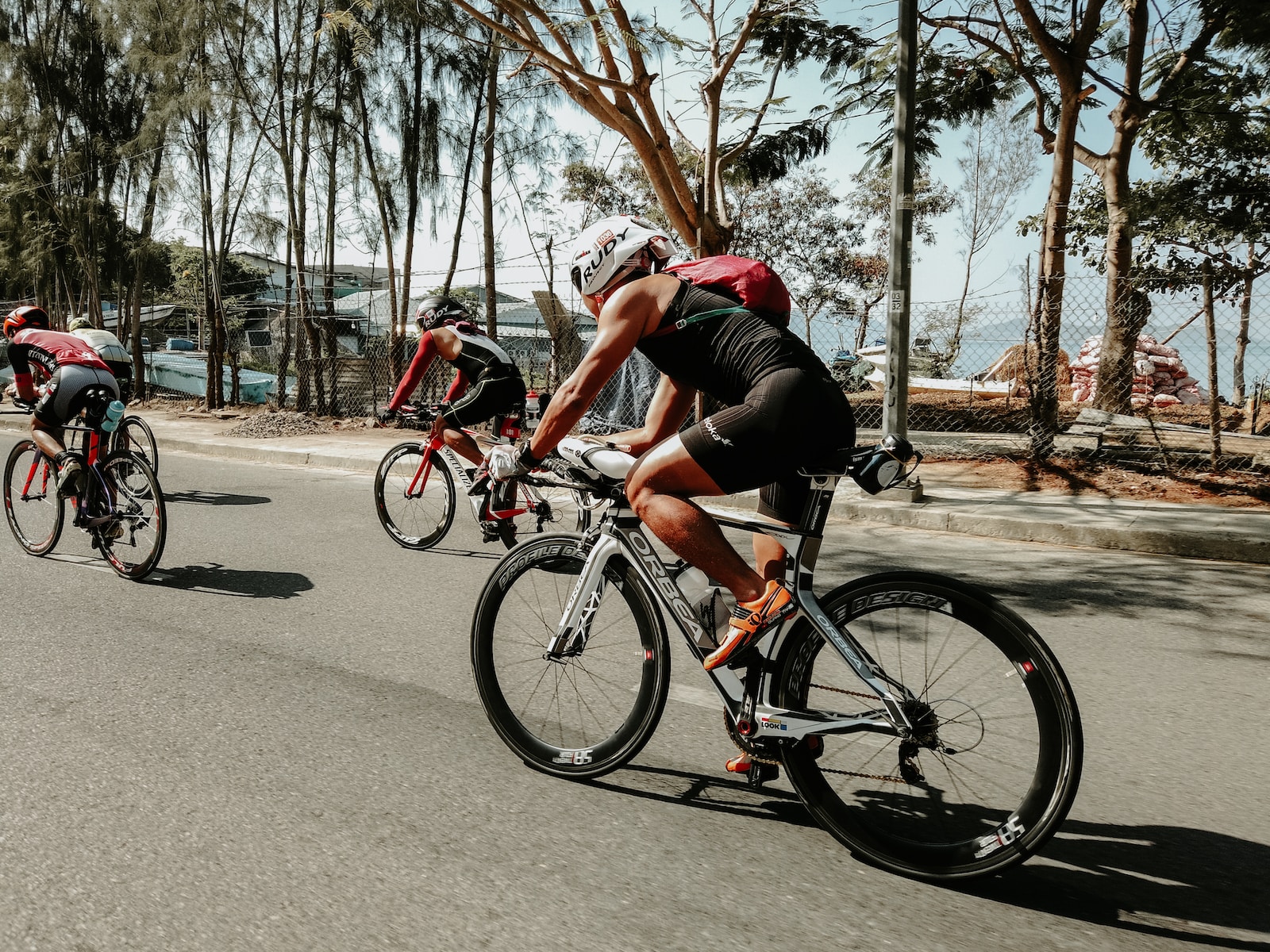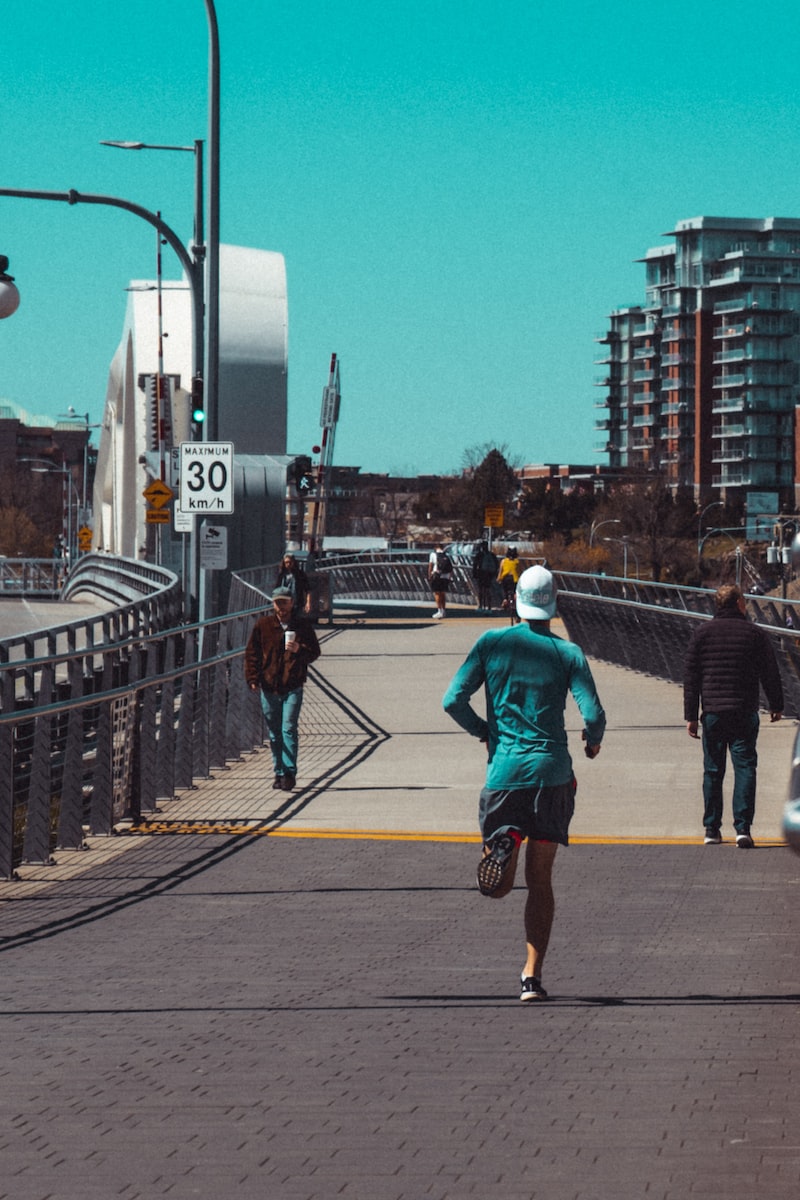In our latest blog we look into the truth behind the IT Band and Triathlon athlete’s.
Iliotibial Band Syndrome (ITBS) is one of the most common overuse injuries among athletes. It occurs when the iliotibial band, the thick band that runs down the outside of the thigh from the hip to the shin, becomes inflamed. The IT band attaches to the knee and helps stabilise the leg. When the IT band is being overloaded, movement of the knee (and, therefore, running/cycling) becomes painful. IT band pain can be severe enough to completely sideline a runner for weeks, or even longer.

ITB syndrome can result from any activity that causes the leg to repeatedly bend and straighten. Unlike many overuse injuries, however, IT band pain afflicts seasoned runners almost as much as beginners. When the iliotibial band comes near the knee, it becomes narrow, and rubbing can occur between the band and the bone. This causes inflammation.
It is an overuse injury, however, certain factors may make you more susceptible to developing the injury. Tight tensor fascia latae muscles (hip flexors) may make someone more susceptible to this injury. Weak hip muscles, particularly the gluteus medius are also thought to be a significant contributing factor.
Over pronation or poor foot biomechanics may increase the risk of injury. If the foot rolls in or flattens, the lower leg rotates inwards causing the knee to also turn inwards which increases the likelihood of friction as the band or tendon rubs on the outside of the knee.
Self Help Treatment
Initially rest is important to allow the inflamed tendon to heal. Continuing to run with ITB syndrome will most likely make it worse. Rest is a good idea initially but later activities other than running which do not make the pain worse such as swimming or cycling should be done to maintain fitness.
Apply cold therapy or ice to reduce pain and inflammation. Ice should be applied for 10 to 15 minutes every hour until initial pain has gone then later 2 or 3 times a day and / or after exercise is a good idea to ensure the pain does not return. Once the inflammation has gone then potential causes must be addressed such as tight hip flexors / poor running mechanics or the pain will most likely return.
Foam Rolling
We often get asked this question. Yes, rolling is a good idea. No, you don’t need to roll the IT Band.
The important thing to do is to roll the tensor fascia latae muscle. This takes the pull off the IT Band from the front and allows it to move without becoming inflamed. It is also good practice to roll the Quads, Hamstrings and calves.
Identify Possible Causes
Check your training diary for any significant increase in running mileage, change of surface, change of job or anything else out of the ordinary which could have helped cause the injury. Keeping a training diary allows you to look back and identify possible factors contributing to injury and avoid them in the future.
Checklist
- Wearing worn-out shoes
- Increased running downhill or on banked surfaces
- Running too many track sessions (especially in the same direction)
- Too many miles running.
Summits Approach
At Summit we will evaluate the underlying cause of the problem and look at muscle strength, balance and flexibility. This way we can effectively plan treatment to help you overcome the injury as soon as possible.
We find that strengthening the hips, in particular the glutes, is the most valuable treatment strategy for IT band syndrome. These muscles control rotation of the upper leg (femur), maintain good pelvic position, facilitate efficient lower leg mechanics to ensure the IT band is not compressed or against the knee causing pain.
If you’ve tried all the self help techniques above and are still struggling why not get in touch and let us help you get back to running.



